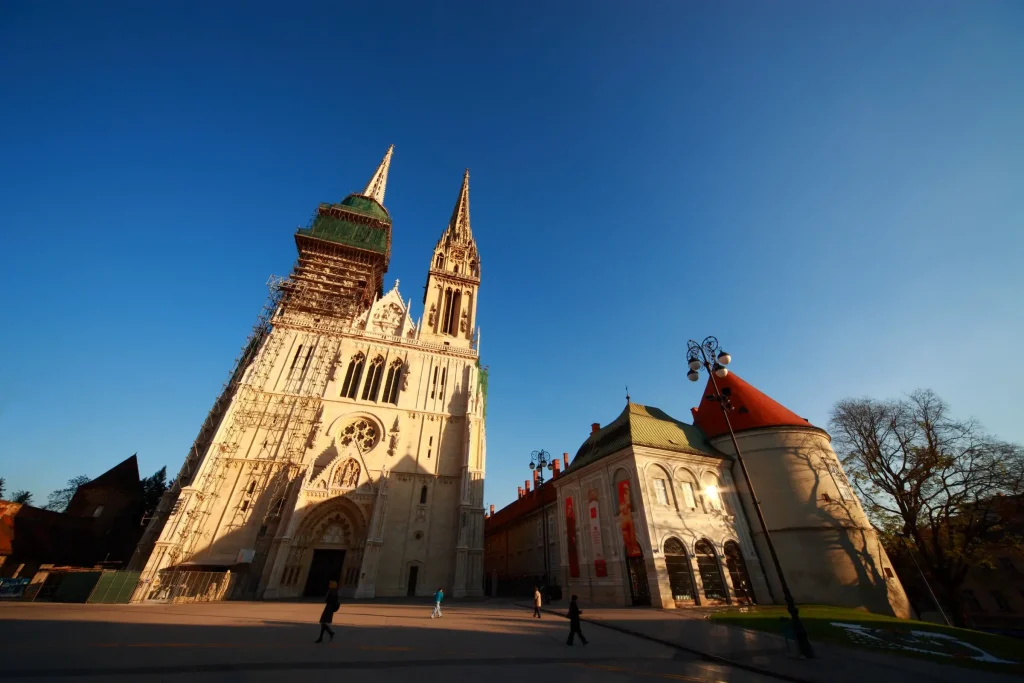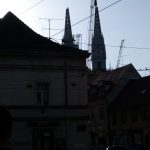As Poslovni Dnevnik/Suzana Varosanec writes, with an invaluable contribution in terms of activities that are important for repairing damage after an earthquake, Croatian surveyors stood out, and a huge role in that was readily played by the Faculty of Geodesy, University of Zagreb.
After the devastating earthquake that hit Sisak-Moslavina County back at the end of December 2020, geodetic measurements showed that Petrinja and Sisak rose by 86 cm, and the Glina area had a different kind of height shift, lowering by 10 cm. Furthermore, in cooperation with the Ministry of Culture and Media, surveys of cultural heritage buildings that were damaged in the earthquake using the most modern methods of 3D laser scanning and photogrammetry were performed.
All of the aforementioned was done in order to implement the repairing of the damage to immovable cultural property caused by the earthquake, and they created an excellent basis for the further elaboration of project documentation leading to complete reconstruction. It also serves as a basis for withdrawing funds from the solidarity fund and coming up with yet more top quality projects.
The recordings were also made in Zagreb, especially on the most important buildings such as the earthquake-damaged and iconic Zagreb cathedral, the Art Pavilion and Mirogoj, and as was stated by the Dean of the Faculty of Geodesy, University of Zagreb, Assoc. dr. sc. Almin Djapo, the desire was to immediately determine the condition of the cultural buildings and the level of the damage done to them “in order to be able to proceed with their renovation, ie the development of rehabilitation plans”.
Their experts use photogrammetric methods to make photorealistic 3D models of buildings that are of great importance to restorers, such as the Zagreb cathetral, as it can happen that certain parts need to be completely destroyed and/or removed. One of their models is available for review here: http://foto.geof.unizg.hr/potres2020/3D/sisak_katedrala/, and in the near future they’ve announced that all other models will also be readily made available to the public.
For 3D documentation, state-of-the-art 3D laser scanners with a scanning speed of up to two million points per second are used, as well as drones equipped with photogrammetric cameras. By combining these two recording methods and processing the data collected in the office, extremely detailed models of the actual condition of the scanned cultural heritage buildings are then obtained. Some buildings, such as the Zagreb cathedral, are thus documented using more than 10 billion points, and this will enable further quality analysis of the condition of the building and the development of rehabilitation projects in a way that has otherwise not really been common practice in Croatia.
According to the dean, this proves that the role of this Faculty, as well as the entire academic community, lies not only in the education of students and scientific activity, but also the transfer of the latest knowledge and technologies into professional practice in the country.
For more, follow Made in Croatia.










